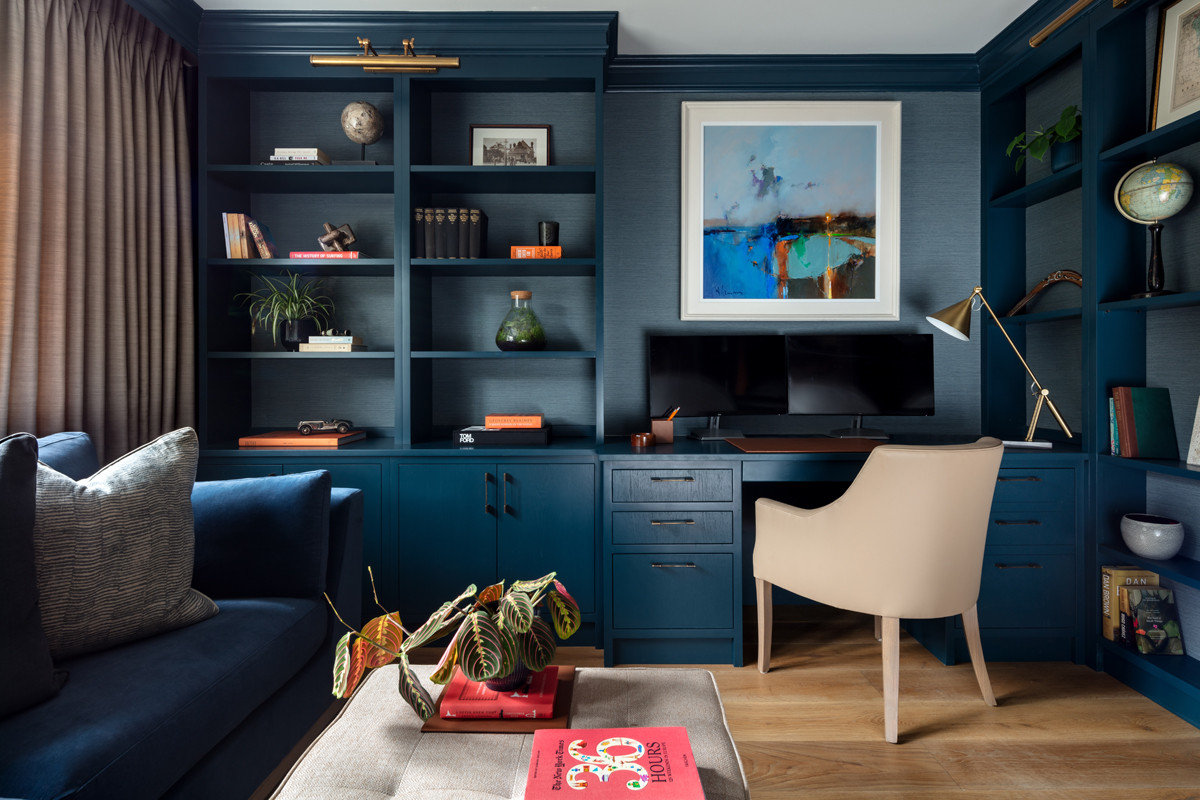Received a Bad Review? Here’s How to Turn It Around — Part 1
Negative feedback is a golden opportunity, learn how to make the most of it

You can’t please all of the people all of the time. As an industry professional with many clients, you’re bound to receive at least one bad review. Unfortunately, that one bad review is unlikely to go unnoticed these days. In this two-part series, we share how to put a positive spin on negative reviews. Here we’ll cover adopting the right mindset and taking the first steps.
First, why should you care about a lone bad review at all? The answer: 84% of people trust reviews as much as personal recommendations, so even a single negative comment can affect your reputation. But don’t despair. A bad review also creates an opportunity to showcase your professionalism, customer relationship management, work ethic and ability to turn things around. So it actually can work in your favour.
Case in point: Among architect Anders Lasater’s numerous five-star reviews is a lone three-star rating. While disappointed, he acknowledged the critique and apologised for the issue, and ended up turning a negative into a positive. “I had many clients tell me that the one review that was most telling was my bad review, because they really liked my response. My response is what made them realise I’m a professional and I’d be a good person to work with,” he says. “What I learned was that a bad review is maybe not a bad thing at all. Maybe it's a good thing.”
Lasater turned a potential pitfall into an advantage, and this guide will show you how you can too.

1. Take some time, then acknowledge the issue.
Don’t reply to a review if you’re feeling angry; wait until you’ve cooled down. While you’re waiting, think honestly about the issue the client brought up. There may be a learning and growth opportunity here. Even if not, you want to respond courteously and professionally. Designer John Hare of Core Design offers this: “I’ve seen a business owner respond badly to a negative review on Google, and it not only sets up a toxic atmosphere when mishandled, it also doesn’t do any good for you and your business.”
2. Take the high road
When you’re in the right frame of mind, start formulating your response with empathy. Especially if the reviewer’s comment is rude or even ridiculous, a courteous and thoughtful response will show your integrity and professionalism. Acknowledge the issue and ease any tension with a phrase like “I understand your frustration.”
As Jeannine Burnett, owner of Access + Design Build, puts it, this is an opportunity to “grow from the experience and move on.” Burnett recognises that interior design is very subjective by nature. “You won’t always be everyone’s favourite,” she says. Remind yourself that this is your chance to learn and showcase your diplomacy to the online community.

3. Offer a reminder
Also remember that some people don’t have a clear idea of what they want until it’s in front of them. “It’s why they hired you,” Burnett says. You can gently remind an upset client why certain choices were made, while showing that you understand where he or she is coming from too.
Designer Natasha Burton of NB Interiors UK, who specialises in curating meaningful and personalised interiors in her projects around the Suffolk, Essex and London areas in UK, has seen firsthand the benefits of responding to reviews. “I’ve had so many clients coming to me because of the amount of reviews I’ve received, but also because of my response,” she says.

4. Apologise quickly, and mean it.
Taking responsibility and being sincere will go a long way here. If your tone is off or your words feel forced or overused, your apology will fall flat. Aim to offer a genuine and direct apology. Avoid padding your apology with adjectives such as “genuinely,” “truly,” and “honestly.” Something like “I’m sorry this was your experience” should work. If you really feel apologetic, it will come across as sincere.
Nate Fischer of Nate Fischer Interiors, has avoided bad reviews by sticking to the belief that the customer is always right. “If your client is not happy, they are not happy, whether it’s your responsibility or not,” he says. “I always offer more time and energy when needed to ensure that a client is happy with their project. It’s not easy but has proven to be the best solution for me.”
See Part 2 for how to share your side and resolve the issue.






